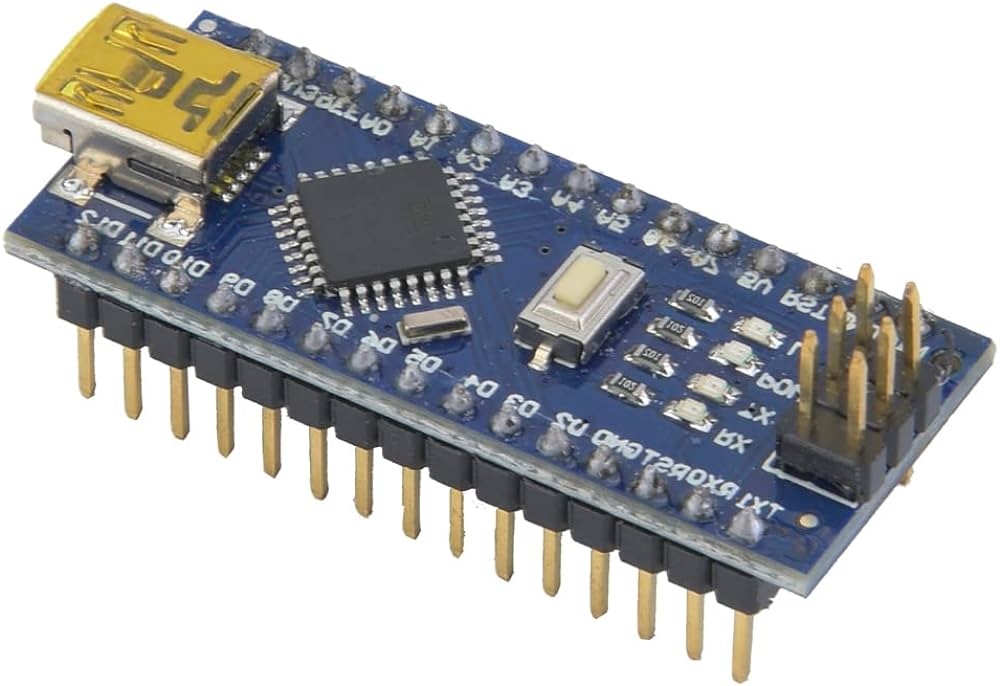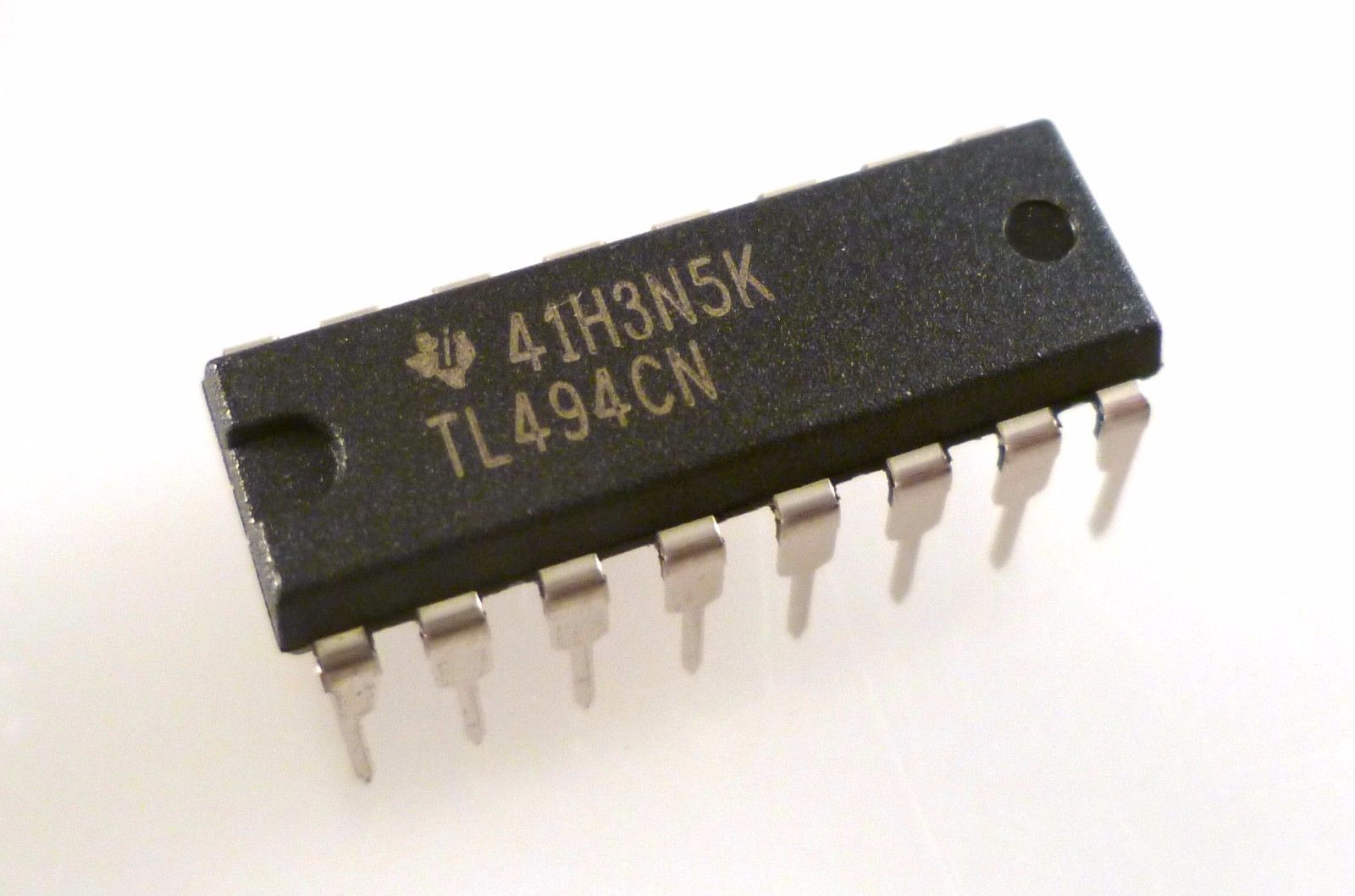The DHT11 is a low-cost temperature and humidity sensor module that includes a calibrated digital output. It is commonly used in various applications that require monitoring of temperature and humidity levels. Here are some common usage problems, working principles, and application scenarios associated with the DHT11:

Common Usage Problems:
-
Accuracy and Calibration: The DHT11 is an entry-level sensor with relatively limited accuracy compared to more advanced sensor options. It may have accuracy variations and requires careful calibration for accurate readings.
-
Response Time: The DHT11 has a relatively slow response time, typically around 2 seconds per reading. This can be a limitation in applications that require real-time or rapid measurements.
-
Limited Range: The DHT11 has a limited operating range for temperature (0°C to 50°C) and humidity (20% to 90% RH). It may not be suitable for applications that require measurements outside these ranges.
-
Sensitivity to Environmental Factors: The DHT11 can be sensitive to external factors such as airflow, heat sources, or contamination. These factors may affect the accuracy of the sensor readings and require careful placement and shielding.
Working Principles: The DHT11 operates based on a capacitive humidity sensing element and a thermistor to measure temperature. Here's a brief overview of its working principles:
-
Humidity Measurement: The humidity sensing element detects changes in moisture by measuring the capacitance of a polymer. As humidity increases, the capacitance changes, and the DHT11 converts this change into a digital signal representing the relative humidity (RH).
-
Temperature Measurement: The DHT11 incorporates a thermistor that measures temperature based on the resistance change with temperature. The resistance variation is converted into a digital signal representing temperature in degrees Celsius.
-
Digital Signal Output: The DHT11 provides a digital output signal using a single-wire communication protocol. It sends the temperature and humidity data in a specific format, allowing easy interfacing with microcontrollers or other digital systems.
Application Scenarios: The DHT11 is commonly used in various scenarios that require temperature and humidity monitoring. Some typical application scenarios include:
-
Indoor Climate Monitoring: It can be used in home automation systems, greenhouses, or HVAC (Heating, Ventilation, and Air Conditioning) applications to monitor and control temperature and humidity levels.
-
Weather Stations: The DHT11 can be integrated into weather monitoring systems for measuring temperature and humidity in outdoor environments, providing local weather data.
-
Industrial Control Systems: It finds application in industrial environments where temperature and humidity levels need to be monitored and controlled for process optimization or equipment protection.
-
Data Logging: The DHT11 can be used in data logging systems to record and analyze temperature and humidity variations over time. This can be valuable in research, environmental monitoring, or quality control applications.
-
Smart Home Applications: The DHT11 can be integrated into smart home devices, such as smart thermostats or humidity-controlled systems, to enable automated temperature and humidity regulation.
While the DHT11 is a popular and affordable sensor module, it is essential to consider its limitations and suitability for your specific application. It is recommended to follow the manufacturer's guidelines and consult the sensor's datasheet for proper usage and interfacing instructions.


